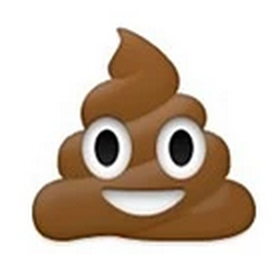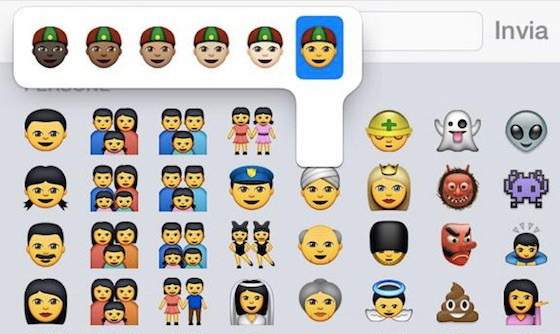The rise of emoji: the death of language or a voice for the illiterate?
Emoji are everywhere these days but despite the fact that research suggests that 80% of UK adults between six and 65 have used the colourful little characters at least once, they do tend to divide people into two distinct camps – one which seems them as an aberration of our language and another which sees them as the future of communication.
Emoji have been around for a couple of decades already, having been invented in Japan as a way of adding nuance to the text-only communications of the first feature phones. In the intervening years we have seen the characters grow in popularity – slowly at first, but rapidly in the past five years as smartphone technology really took hold.

Vyv Evans, who is a professor of linguistics at Bangor University, believes that while the availability of technology has aided the rise of emoji, the real reason for their popularity lies elsewhere:
"They facilitate better emotional expression in digital communication. Text strips out the nuancing in a communicative signal that comes for free in spoken communication: we glean a lot about what others mean, from their gestures, facial expressions and especially intonation when people speak.
"But that is all lost in digital communication. Emoji adds that back in, and has been rapidly adopted, especially by younger users, who say that it enables them to better express their emotions, and moreover, even makes them better communicators in the digital channel. And of course, using the visual medium, a wink or smile means the same in any language; hence this constitutes a universally recognised and intuitive form of communication."
The use of emoji really exploded with the support internationally in iOS 5 in 2011 and on Android a couple of years later, opening the use up to the tens of millions of iPhone users. We now have not one but two emoji-only social networks, we can use emoji as our passwords, you can order a pizza using emoji and you can even give someone the middle finger using the cute characters.

Emoji are even politically correct these days, with the release last year of emoji in six different skin colours. So why are emoji so popular and what does their increased use signify – if anything?
According to self-title emoji expert and advocate, Nimrod Kamer, the launch of a bar in London where you can order drinks using only emoji is simply the tip of the iceberg for their potential. He said: "I want to go to restaurants and order with emoji only. I want to use emoji for cashpoints, [but] they only have numbers for the passcode and for my Gmail password and to file a complaint at the police."
The truly global form of communication
While Kamer admits that using emoji is making him "totally dumb" he believes it is necessary, adding that the use of emoji is "a way to annoy people in academia – students and professors who really believe in long PDFs, you give them a few emojis and them, then [say]: 'that is my dissertation,' and see what they say".
Kamer goes a step further, suggesting that emoji is the language of the underprivileged: "It is a class warfare, emojis are the way for the illiterate and uneducated to fight back against the establishment."
While many may scoff at the importance Kramer puts in characters which can be used to represent everything from poo to dancing Playboy bunnies, his views are backed up by Evans, who says they are the world's only "global form of communication". "The scope of emoji, like any form of communication, is only limited by human imagination, and the communicative functions that language-like interaction serves," said Evans. "There are emoji translations now available of Moby Dick, and Alice in Wonderland. There is now even an emoji movie in the works. In the future I predict that emoji will expand into usage in the professional digital sphere, especially as the technology becomes standard on laptops used by the business community. Emoji is today the world's truly global form of communication."
© Copyright IBTimes 2025. All rights reserved.






















